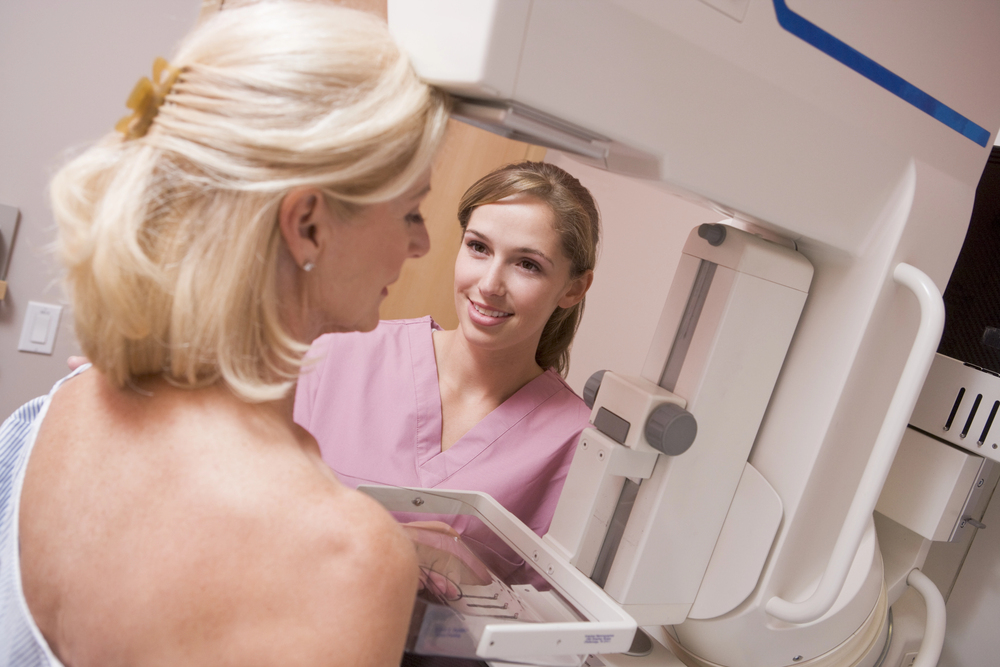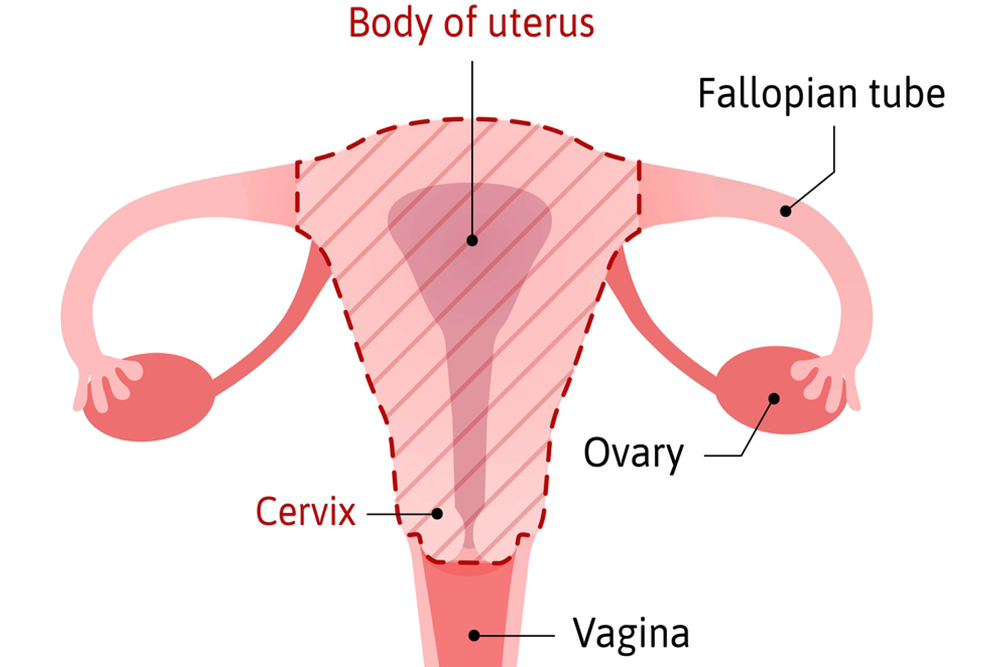
Understanding Your Mammogram Results
Interpreting mammogram results can be an emotional and confusing process for many women. These results...
Read MoreMost women have heard of ovarian cysts, but few understand what they are and when they’re cause for concern.
At The Women’s Center, our experienced team offers a personalized approach to help you understand this unique gynecological condition and how it can affect your overall health. If you think you have an ovarian cyst, you can find expert care at our eight convenient Florida locations in Altamonte Springs, Celebration, Orlando, Ocoee, Oviedo, and St. Cloud.
A cyst can develop anywhere in your body. When one of these fluid-filled sacs develops on or inside your ovaries, it's called an ovarian cyst.
You have two ovaries, one on each side of your uterus. These organs are approximately the size of an almond, produce hormones, and release eggs during your reproductive years. Each month during your menstrual cycle, your ovaries make a fluid-filled sac called a follicle that cracks open and releases an egg into your fallopian tube. After releasing your egg, the follicle deteriorates, and your body reabsorbs it.
This process is what leads to the formation of most ovarian cysts and causes nearly all women to have at least one ovarian cyst a month during their reproductive years.
You can get different kinds of ovarian cysts, but the most common are follicle cysts and corpus luteum cysts.
These ovarian cysts occur when your follicle doesn’t break open to release your egg. When this happens, your follicle continues growing and turns into a cyst.
A corpus luteum cyst develops when your follicle releases your egg but forms a small mass of cells called a corpus luteum instead of being reabsorbed by your body. This collection of cells keeps making hormones and breaking open to release eggs during your menstrual cycle. But, if it continues resealing itself after releasing an egg, fluid can build up, and a cyst develops.
Follicle and corpus luteum cysts are known as functional cysts, cause few symptoms, and often disappear within a few menstrual cycles. You can also develop ovarian cysts because of reasons that aren’t associated with your menstrual cycle.
For most women, ovarian cysts are usually harmless and don’t cause any issues. When they grow large or rupture, however, you can have a variety of symptoms, including swelling, bloating, pressure, or pain in your pelvis near the cyst. This discomfort can be dull, sharp, persistent, or intermittent.
Sometimes an ovarian cyst can grow so large it causes your ovary to move or twist out of position. When this occurs, you can experience pain, vomiting, and nausea. This can interfere with blood flow to your ovary, which can lead to long-term complications, including losing your ovary. A large cyst can also rupture, causing severe and sudden pain as well as infection.
Additional symptoms of an ovarian cyst include:
Approximately 8% of premenopausal women need treatment for ovarian cysts.
We use several methods to diagnose ovarian cysts at each of our locations. While we can feel some cysts during a pelvic exam, we might also recommend a pelvic ultrasound to establish the size, shape, and location of an ovarian cyst. This type of testing can also determine if your cyst is a solid mass, filled with fluid, or a combination of both.
Additional tests to diagnose ovarian cysts often include:
After reaching a diagnosis, we work closely with you to develop a treatment strategy. For most ovarian cysts, we take a “watch and wait” approach to monitor your condition. This strategy might include follow-up pelvic ultrasounds at regular intervals so we can check for changes in your cyst. To prevent additional ovarian cysts from developing, we might suggest hormonal contraceptives, like birth control pills, to help regulate your hormones.
If you have a large cyst that continues to grow or causes significant symptoms, we might suggest surgical treatment. These procedures can involve removing the cyst alone or your entire ovary.
In rare situations, ovarian cysts can be cancerous. In these cases, we work closely to connect you with a gynecological cancer specialist who develops a treatment strategy that might involve surgery, chemotherapy, or radiation.
To learn more about ovarian cysts and treatment options, call us at The Women’s Center or schedule an appointment online today.




Interpreting mammogram results can be an emotional and confusing process for many women. These results...
Read More
Hysterectomy, a surgical procedure involving the removal of the uterus, is often considered a last...
Read More
Menopause marks a significant transition in a woman's life, bringing about various changes that can...
Read More